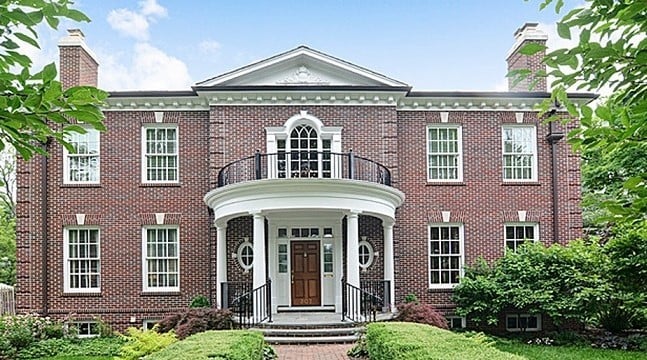© Touchpoint Markets, All Rights Reserved. Request academic re-use from www.copyright.com. All other uses, submit a request to [email protected]. For more inforrmation visit Asset & Logo Licensing.
Housing Market Now Split In Two
The luxury market has a very different story than the one for more affordable homes.
Trending Stories
Events
- Real EstateGlobeSt. ELITE Women of Influence (WOI) 2025July 21, 2025 - DenverGlobeSt. Women of Influence Conference celebrates the women who drive the commercial real estate industry forward.More Information
- Real EstateGlobeSt. Multifamily Fall 2025October 15, 2025 - Los AngelesJoin the industry's top owners, investors, developers, brokers & financiers at THE MULTIFAMILY EVENT OF THE YEAR!More Information
Recommended Stories
Maracay Continues Land Assemblage for 572-Home Community
By John Jordan | October 01, 2018
Maracay officials say the firm intends to close on the third and last land purchase of 80 acres and 240 homesites in Chandler in early 2019.
Summit Hotel Properties Acquires Boston-Area Hotel, Sells FL Property
By John Jordan | October 01, 2018
The Austin, TX-based hotel REIT also reports that it has closed on the sale of the 148-room Hyatt Place Fort Myers/at the Forum in Fort Myers, FL for $16.5 million or approximately $111,000 per key.
Historically Low Industrial Availability Amps Up Urgency
By Lisa Brown | October 01, 2018
The ProAmpac campus recently purchased by an EverWest partnership totals three buildings in the Kent Valley submarket, one of Washington's most in-demand warehouse and manufacturing locations.
Resource Center

Report
Sponsored by TheGuarantors
2025 State of Renter Delinquency and Default
Renter default is a critical challenge. This report, based on a survey of 400+ multifamily professionals, reveals key trends, economic drivers, and mitigation gaps to help you build resilience in 2025. You'll gain insights into the root causes of renter default, the operational strains it can put on your portfolio, and strategies you can leverage to protect your investments and maintain stability.

Assessment
Sponsored by Building Engines
CRE Property Management Assessment: Your Building Operations Scorecard
How do your building operations measure up? Use this detailed scorecard to evaluate your operational approach across five key areas.

White Paper
Sponsored by TheGuarantors
5 Strategic Moves to Protect Your Multifamily NOI in 2025's Squeeze
Skyrocketing economic uncertainty means it’s essential for multifamily owners and operators to strengthen risk mitigation capabilities. Discover expert insights from industry experts, including the President of NMHC, to tackle 2025 challenges such as slower lease-ups, cost pressures, renter fraud, high reliance on concessions, and more.





